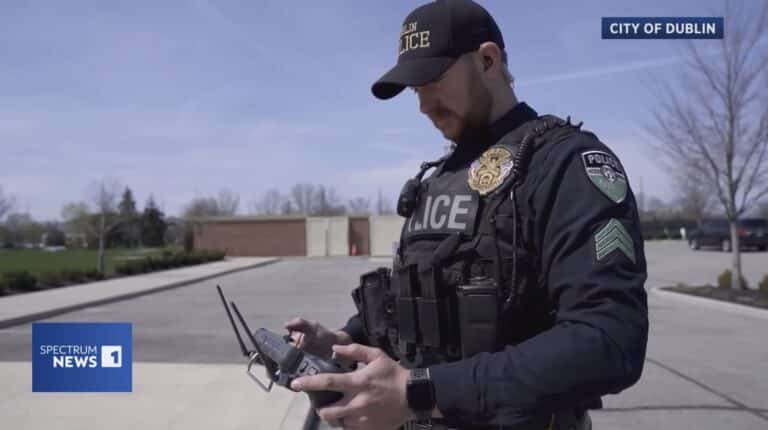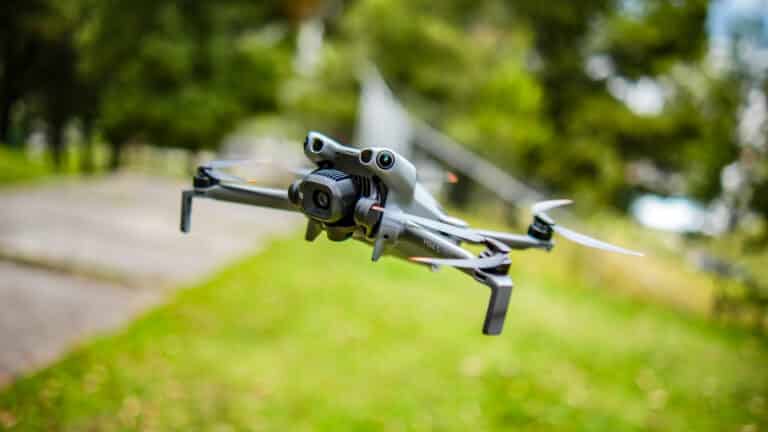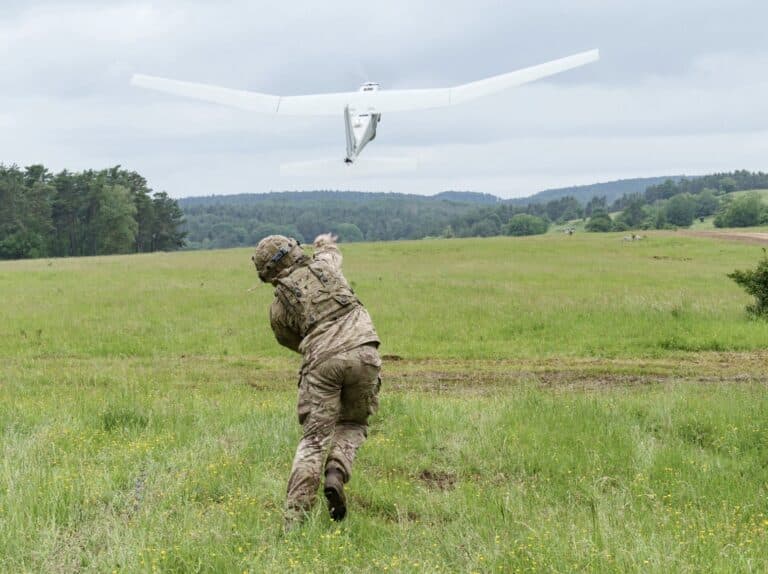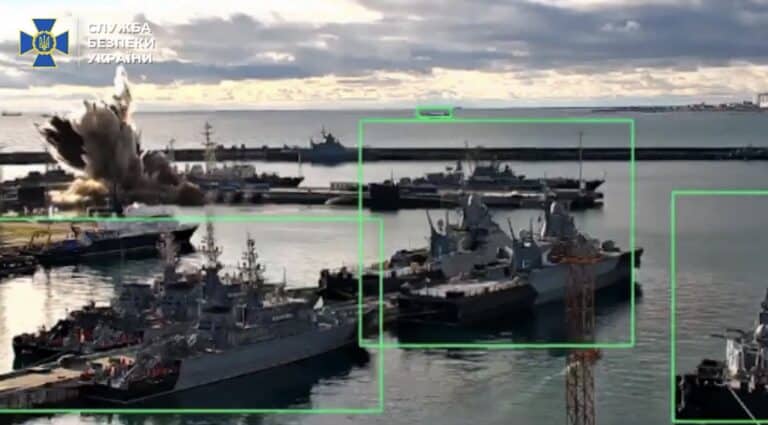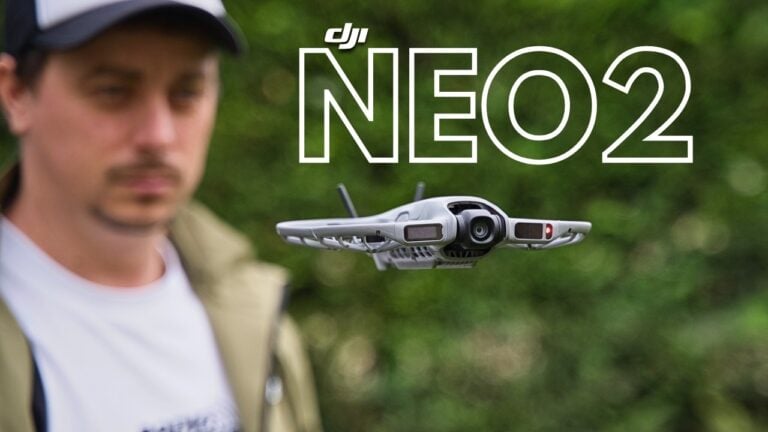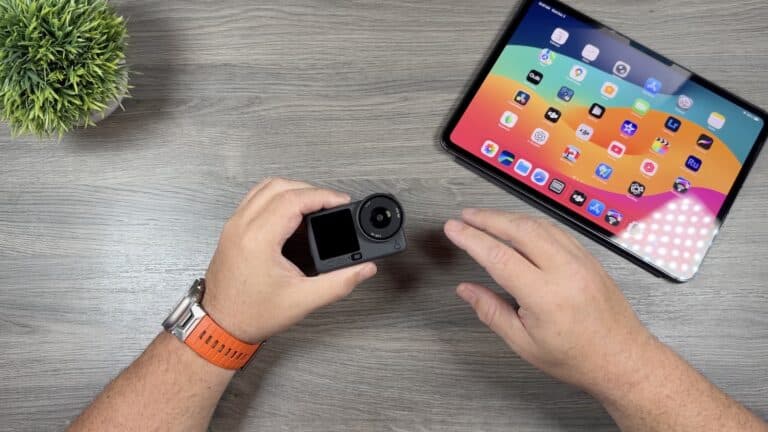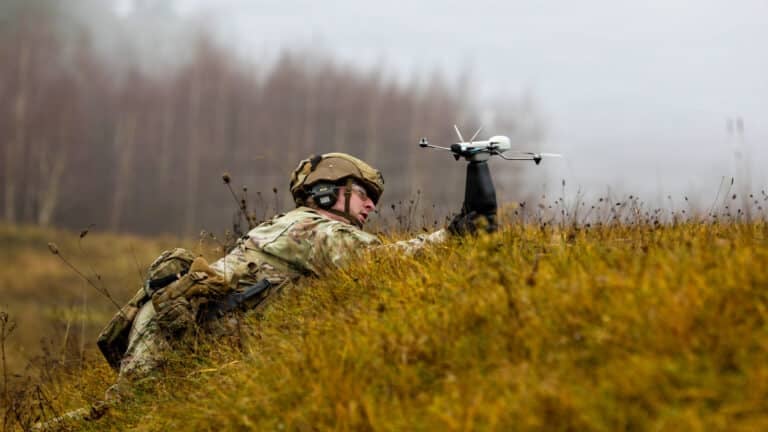Ukrainian Drone Attacks Disrupt Moscow Airspace, Highlight Escalating UAV Warfare

Amazon Drone Deals: DJI Mini 5 Pro Fly More Combo with DJI RC2 now for $1,099!
On July 6, 2025, Russian air defenses intercepted six Ukrainian drones targeting Moscow, escalating tensions in the ongoing conflict and showcasing the growing role of unmanned aerial vehicles (UAVs) in modern warfare. Reuters reported that the incident led to temporary airport closures, underscoring the operational and strategic implications for drone technology in contested regions.
Incident Details and Immediate Impact
Russian air defense units downed six drones approaching Moscow, with Mayor Sergei Sobyanin confirming on Telegram that “specialists were examining fragments of the drones near the Russian capital.”
No casualties or damage were reported in Moscow, though the incident disrupted air travel significantly. Rosaviatsiya, Russia’s civil aviation authority, noted temporary closures of airports in Moscow and St. Petersburg, with dozens of flights delayed. Additionally, two drones were intercepted over the Leningrad region without reported damage, according to the regional governor.
The Russian Defence Ministry reported a broader wave of attacks, stating that 39 Ukrainian drones were neutralized over a 5.5-hour period into Sunday afternoon, primarily in central Russia and near the Ukrainian border. Overnight, an additional 120 drones were downed, mostly in border regions, highlighting the scale of Ukraine’s UAV operations.

Technical and Strategic Implications
The drones involved, though not detailed in type, are likely tactical UAVs designed for reconnaissance or light payload delivery, given their targeting of urban and strategic areas over 620 miles (1,000 kilometers) from Ukraine’s front lines. Such long-range capabilities suggest advancements in Ukrainian drone technology, possibly involving extended battery life or satellite navigation for precision strikes.
Russia’s ability to intercept these drones points to robust air defense systems, likely employing radar-guided surface-to-air missiles or electronic warfare to disrupt UAV control signals.
This incident reflects a broader trend in UAV warfare, where drones are increasingly used for deep-strike missions, bypassing traditional air defenses. For drone professionals, this underscores the need for enhanced counter-UAV technologies, such as jamming systems or laser-based interception, which are gaining traction in military applications.
The disruption of civilian airspace also raises concerns about the collateral impact of military drone operations, a critical consideration for regulators and operators in conflict zones.
Industry and Operational Takeaways
The Moscow drone attacks highlight the dual-use nature of UAV technology, with implications for both military and civilian sectors. For recreational pilots and drone professionals, the incident emphasizes the importance of airspace management and geofencing technologies to prevent unauthorized drone flights in sensitive areas. The temporary closure of major airports, costing airlines potentially millions in USD due to delays, illustrates the economic ripple effects of such incidents.
From an industry perspective, the escalation of drone warfare is driving investment in anti-drone systems, with global defense markets projected to grow significantly. Companies developing counter-UAV solutions, such as radar or signal-jamming tech, may see increased demand. However, the incident also poses regulatory challenges, as civilian drone operators face stricter controls in regions affected by military conflicts.
Looking Ahead
The July 6 drone attacks on Moscow signal a new phase in UAV warfare, where long-range drones challenge traditional defense paradigms. As Ukraine and Russia continue to leverage drones for strategic advantage, the global drone industry must adapt to evolving technological and regulatory landscapes. For professionals and enthusiasts, staying informed on counter-drone advancements and airspace policies will be crucial to navigating this dynamic environment.
Photos courtesy of X / Ukraine Government
Discover more from DroneXL.co
Subscribe to get the latest posts sent to your email.
Check out our Classic Line of T-Shirts, Polos, Hoodies and more in our new store today!

MAKE YOUR VOICE HEARD
Proposed legislation threatens your ability to use drones for fun, work, and safety. The Drone Advocacy Alliance is fighting to ensure your voice is heard in these critical policy discussions.Join us and tell your elected officials to protect your right to fly.
Get your Part 107 Certificate
Pass the Part 107 test and take to the skies with the Pilot Institute. We have helped thousands of people become airplane and commercial drone pilots. Our courses are designed by industry experts to help you pass FAA tests and achieve your dreams.

Copyright © DroneXL.co 2025. All rights reserved. The content, images, and intellectual property on this website are protected by copyright law. Reproduction or distribution of any material without prior written permission from DroneXL.co is strictly prohibited. For permissions and inquiries, please contact us first. DroneXL.co is a proud partner of the Drone Advocacy Alliance. Be sure to check out DroneXL's sister site, EVXL.co, for all the latest news on electric vehicles.
FTC: DroneXL.co is an Amazon Associate and uses affiliate links that can generate income from qualifying purchases. We do not sell, share, rent out, or spam your email.






